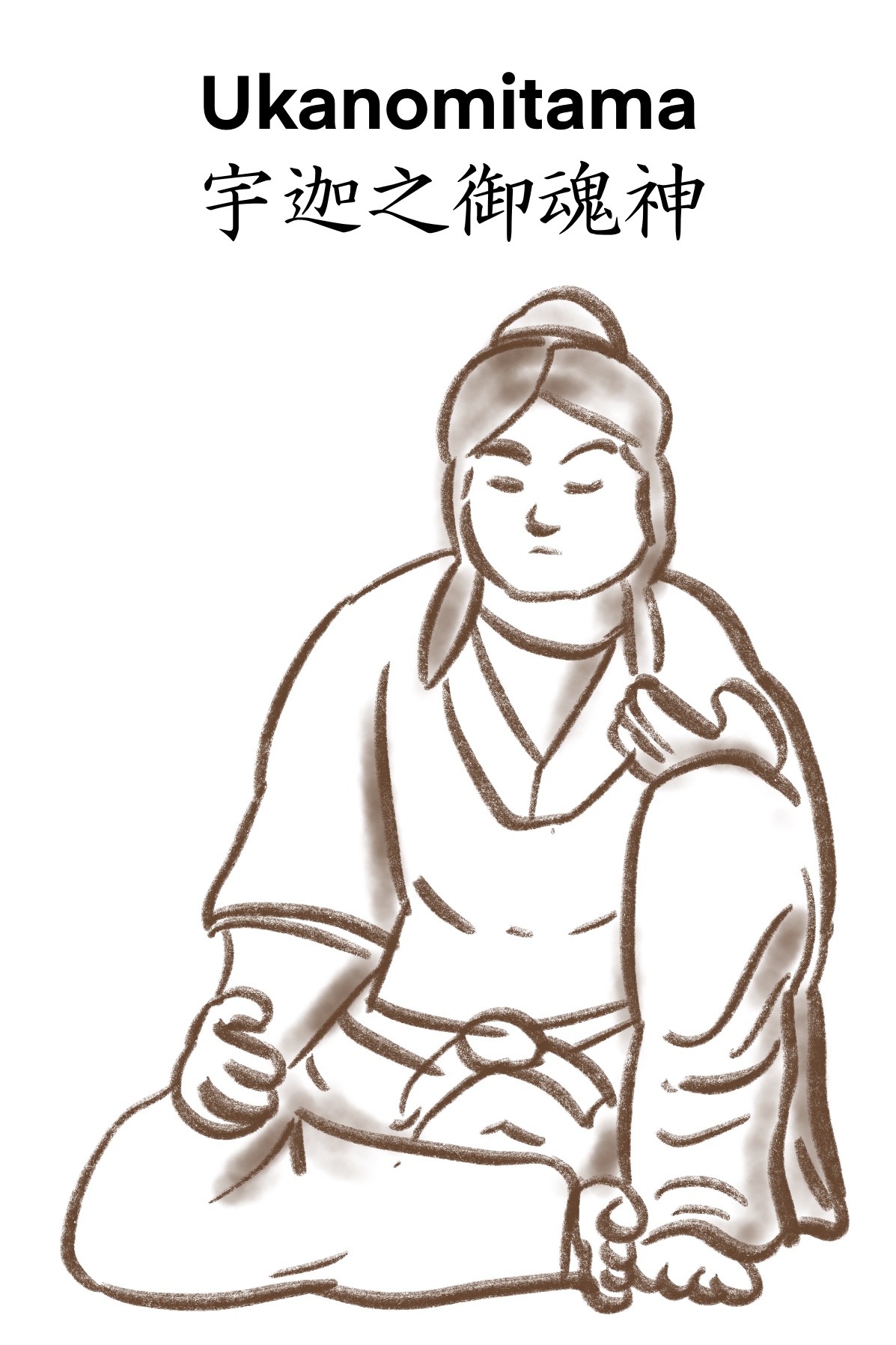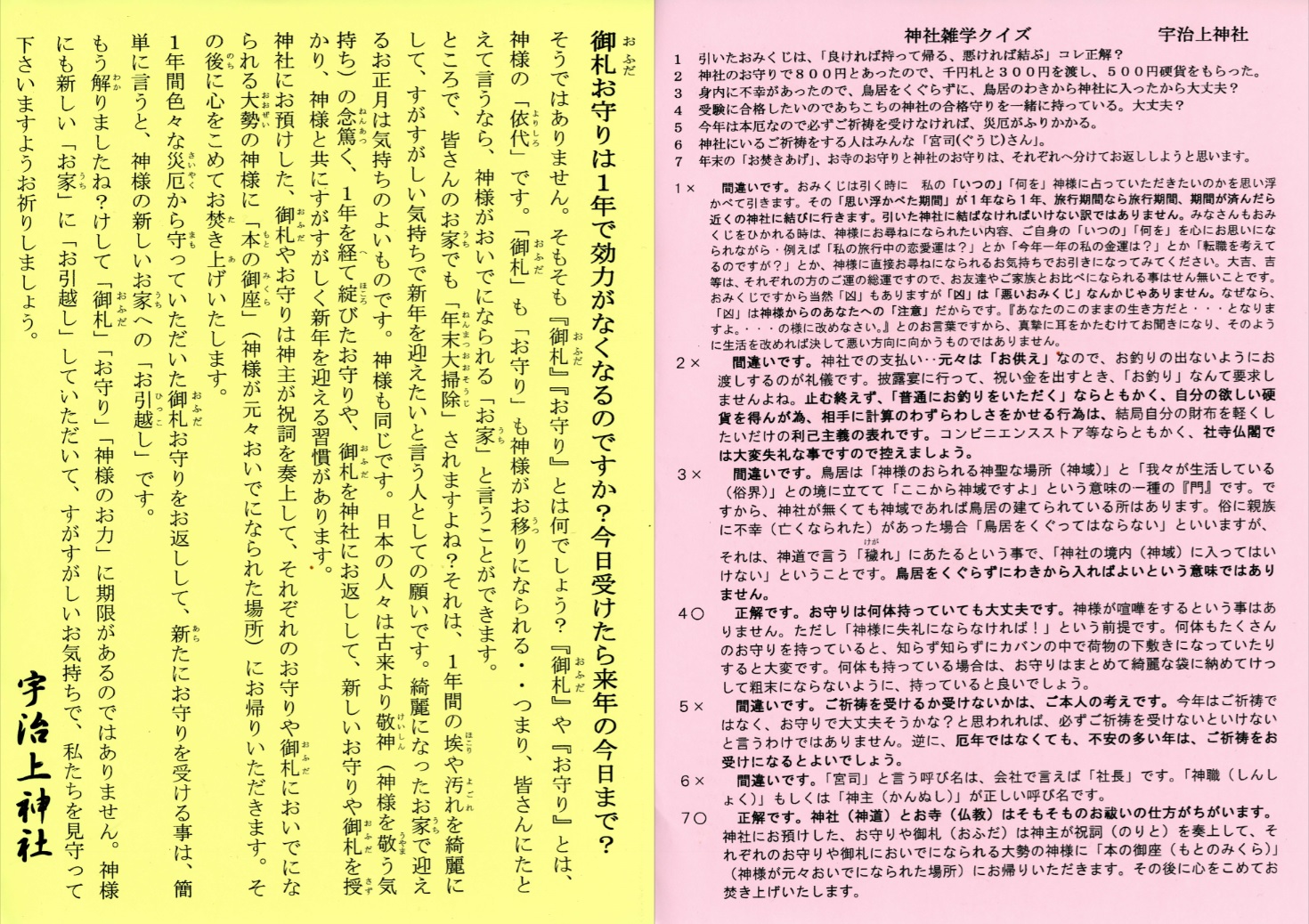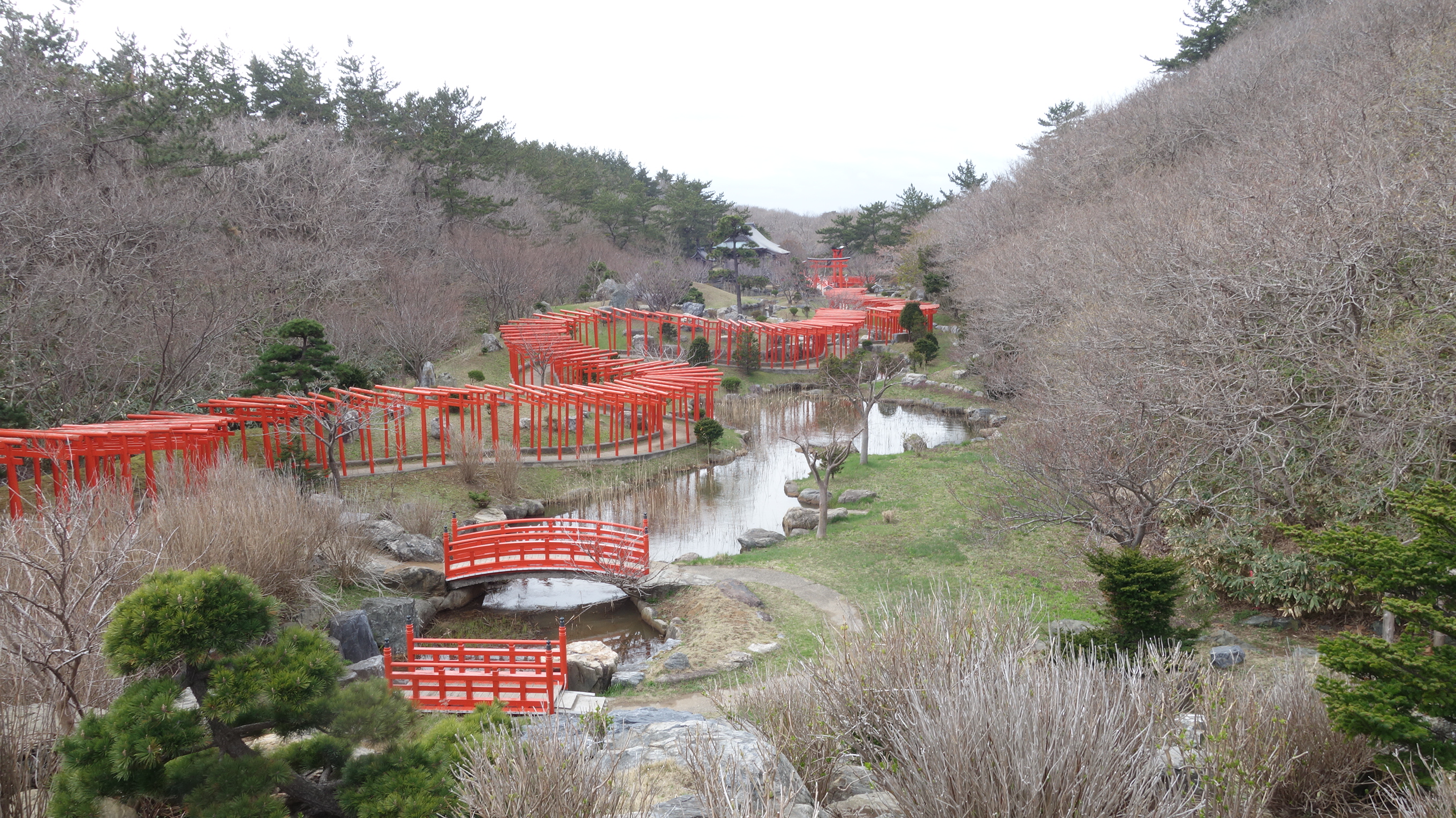memo20-05-07
Knowledge about Japan
shrines
About Inari Shrine
If you want to see the image at full size,
save it and see it.
(Confirmed with google chrome)
Japan is a polytheistic country.
In Japan, you can believe in many different spirits and multiple spirits.
There are many shrines throughout Japan, and each shrine enshrines a specific spirit.
And on the grounds of the shrine, there are often shrines set up to worship other spirits.
There are many shrines in Japan that call themselves Inari.
In many cases, smaller-scale Inari shrines are set up on the premises of non-Inari shrines.
This is why there are more Inari shrines than any other shrines in Japan.
Inari Shrine is dedicated to Ukanomitama.
Ukanomitama is a goddess in Japanese mythology.
However, there is no mention of Ukanomitama as a goddess in Japanese records.
Ukanomitama has long been regarded as a goddess in oral traditions.
Ukanomitama is a grain spirit.

Fushimi Inari Taisha Shrine is the head shrine of all Inari shrines in Japan.
Fushimi Inari Taisha Shrine is said to have originated in 711 when Hatanoiroko enshrined the spirit of Inari on Inari Mountain.
In 827, the Imperial Court gave the rank of Jugoige to Fushimi Inari Taisha Shrine.
This led to the Fushimi Inari Taisha Shrine being revered by many people.
In 908, Fushimi Inari Taisha Shrine was elevated to the highest rank of shrine (Shouichii).
Related Pages
![]()
![]()
![]()
![]()
Inari Shrine is characterized by its foxes and many torii gates.

Foxes are messengers of spirits.
The fox is not enshrined in Inari Shrine.
In Japan, the fox has long been recognized as a being with spiritual powers.
The fox on the right at Inari Shrine has a Sphere in its mouth.
This Sphere is said to symbolize the spirit of agriculture or the spirit of grain.
The fox on the left at Inari Shrine has a Rolled Book in its mouth.
This Rolled Book is said to be a Buddhist scripture.
This is said to be a remnant of the former fusion of shrines and Buddhism.
Also, if the fox does not have a Rolled Book in its mouth, it may have a key, an ear of rice, or a sickle in its mouth.
Since the Edo period (1603-1868), it has been customary for worshippers of Fushimi Inari Taisha to dedicate a torii gate to the shrine in gratitude for having their wishes fulfilled.
As a result, Inari shrines across the country followed suit and began to line up many torii gates.

#kimura
#takayuki
#木村
#隆之
#Japan
#Japanese
#Travel
#Sightseeing
#tourism
#garden
#Museums
#scenery
#Landscape
#shrine
#temple
#church
#castle
#
#view
#historical facilities
#shrinesandtemples
#日本
#観光
#旅行
#日本庭園
#博物館
#神社
#寺
#景観
#城
#教会
#絵馬
#Ema
#稲荷
#inari
#
#
#
#
